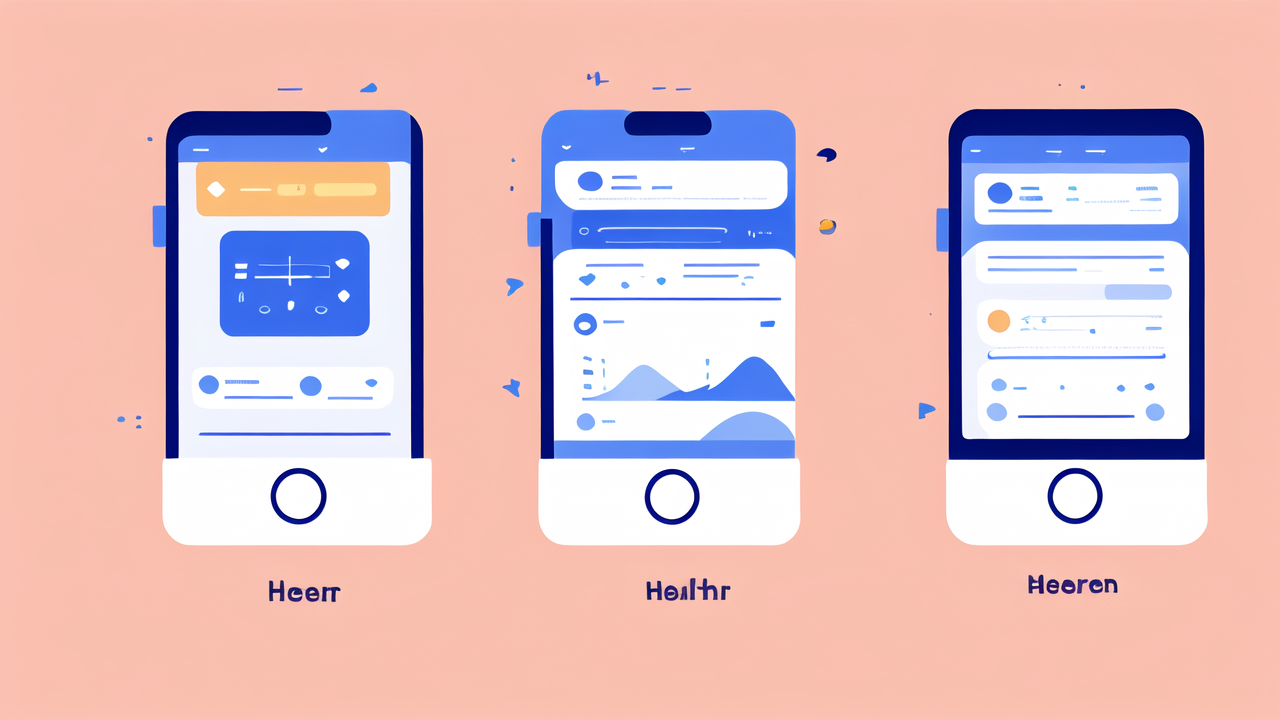Understanding Activity Trackers: Types and Applications
The Evolution of Activity Tracking Devices
Activity trackers have come a long way since their inception. Early models were simple pedometers. They counted steps and not much else. Today's trackers are far more advanced. They offer a wide range of features and capabilities.

The first digital trackers appeared in the early 2000s. They could sync with computers. This allowed users to track their progress over time. As technology improved, so did the trackers. They became smaller, more accurate, and more feature-rich.
Modern trackers can monitor heart rate, sleep patterns, and even stress levels. Some can track specific activities like swimming or cycling. The latest models include GPS and smart features. They can display notifications and control music playback.
Key Features to Look for in a Modern Activity Tracker
When choosing an activity tracker, consider these key features:
- Step counting
- Heart rate monitoring
- Sleep tracking
- GPS
- Water resistance
- Battery life
- Smartphone compatibility
- Activity recognition
- Display type and size
- Stress monitoring
Look for a tracker that offers the features most important to you. Consider your fitness goals and lifestyle. A runner might prioritize GPS and heart rate monitoring. Someone focused on overall health might prefer sleep tracking and stress monitoring.
Accuracy is crucial. Look for trackers with good reviews for data accuracy. Battery life is also important. Some trackers need charging daily, while others can last a week or more.
Wearable vs. Non-Wearable Tracking Options
Activity trackers come in two main types: wearable and non-wearable. Each has its pros and cons.
Wearable trackers are the most common. They include:
- Wristbands
- Smartwatches
- Clip-on devices
- Smart clothing
Wearables are convenient. You can wear them all day and forget about them. They provide continuous tracking. This gives a complete picture of your activity and health.
Non-wearable trackers include:
- Smartphone apps
- Smart scales
- Under-mattress sleep trackers
Non-wearables can be less intrusive. They're good for those who don't like wearing devices. But they may not provide as complete data as wearables.
Some people use a combination of wearable and non-wearable trackers. This can provide a more comprehensive view of health and fitness.
Evaluating the Top Activity Trackers in the Market
Comparing Popular Brands: Features and USPs
The activity tracker market is competitive. Several brands stand out for their quality and innovation. Here's a look at some top brands and their unique selling points (USPs):

- Fitbit: Known for user-friendly interfaces and a wide range of models.
- Apple Watch: Offers seamless integration with iOS devices and advanced health features.
- Garmin: Specializes in GPS technology and outdoor activity tracking.
- Samsung Galaxy Watch: Provides a balance of smartwatch features and fitness tracking.
- Whoop: Focuses on recovery and strain monitoring for serious athletes.
Each brand has its strengths. Fitbit is great for beginners. Apple Watch is ideal for iPhone users. Garmin excels in outdoor activities. Samsung offers a good all-round experience. Whoop caters to performance-focused users.
Consider what features matter most to you. Look at battery life, water resistance, and app ecosystems. Read reviews and compare specs before making a decision.
How to Match Your Lifestyle with the Right Tracker
Choosing the right tracker depends on your lifestyle and fitness goals. Here are some scenarios:
- For casual exercisers: A basic tracker with step counting and sleep tracking may suffice.
- For runners: Look for GPS, heart rate monitoring, and advanced running metrics.
- For swimmers: Water resistance and swim tracking are essential.
- For office workers: Stress monitoring and inactivity alerts can be helpful.
- For outdoor enthusiasts: GPS, altimeter, and rugged design are important.
Consider your daily routine and hobbies. If you work at a desk, reminders to move might be useful. If you do yoga, look for trackers with breathing exercises. For weightlifting, wrist-based trackers might not be ideal.
Think about your motivation. Do you need detailed data? Or just basic encouragement? Choose a tracker that provides the right level of information for you.
The Importance of Compatibility with Other Systems
Compatibility is crucial when choosing an activity tracker. Consider these factors:
- Smartphone compatibility: Ensure the tracker works with your phone's operating system.
- App ecosystem: Look for trackers with robust, user-friendly apps.
- Third-party app integration: Can the tracker sync with other fitness or health apps?
- Smart home integration: Some trackers can connect to smart home devices.
- Health platform compatibility: Consider if the tracker works with platforms like Apple Health or Google Fit.
Good compatibility enhances the tracker's usefulness. It allows you to view your data in different ways. You can also combine data from multiple sources for a more complete health picture.
Check if the tracker can export data. This is important if you want to switch brands later. It ensures you don't lose your fitness history.
Implementing Activity Tracking for Maximum Benefit
Setting Up Your Tracker for Success
Proper setup is key to getting the most from your activity tracker. Follow these steps:

- Charge your device fully before first use.
- Download the companion app and create an account.
- Connect your tracker to your smartphone via Bluetooth.
- Enter your personal details (age, height, weight) for accurate calculations.
- Set your goals (steps, calories, sleep hours) in the app.
- Customize your device settings (notifications, display options).
- Wear the tracker correctly. For wrist devices, wear it snugly above your wrist bone.
Take time to explore all features. Many trackers have hidden functions you might miss at first. Read the user manual or online guides for your specific model.
Remember to keep your tracker's firmware updated. This ensures you have the latest features and bug fixes.
Tips for Effective Data Management and Analysis
To make the most of your activity data:
- Check your stats regularly. Daily or weekly reviews can motivate you.
- Look for patterns in your data. Are you more active on certain days?
- Use the insights provided by your tracker's app. Many offer personalized tips.
- Set realistic goals and adjust them as you progress.
- Compare your data over time to track improvements.
- Share your progress with friends if your app allows. This can boost motivation.
- Don't obsess over every number. Focus on overall trends.
Learn what each metric means. Understanding your data helps you make better health decisions. If you're unsure, consult a fitness professional or your doctor.
Integrating Activity Tracking into Your Routine for Long-Term Success
To make activity tracking a lasting habit:
- Wear your tracker consistently. Make it part of your daily routine.
- Set reminders to move or check your progress.
- Use your tracker's features to enhance your workouts.
- Participate in challenges offered by your tracker's app.
- Connect with friends who use similar devices for motivation.
- Celebrate your achievements, no matter how small.
- Don't get discouraged by setbacks. Use them as learning opportunities.
Remember, the tracker is a tool, not a solution. It can guide and motivate you. But lasting change comes from your efforts. Use your tracker to support a healthier lifestyle overall.
Stay flexible with your goals. As your fitness improves, adjust your targets. This keeps you challenged and engaged. With consistent use and a positive attitude, your activity tracker can be a powerful ally in your health journey.




Leave a comment
This site is protected by hCaptcha and the hCaptcha Privacy Policy and Terms of Service apply.